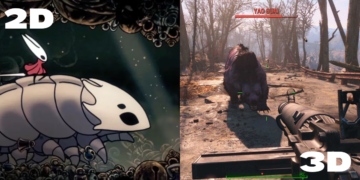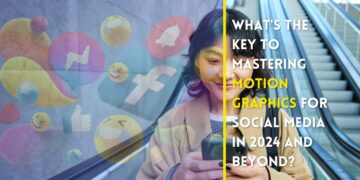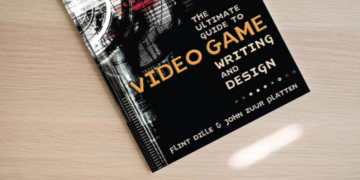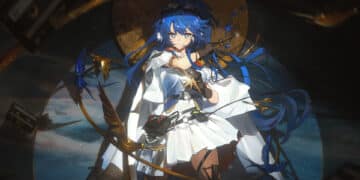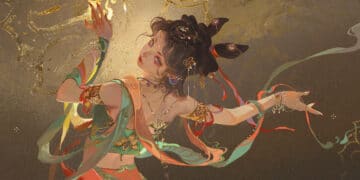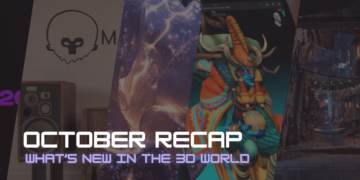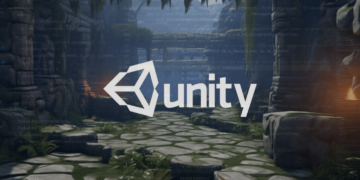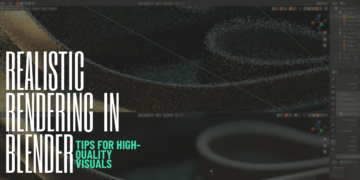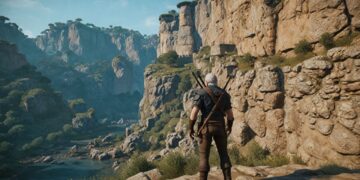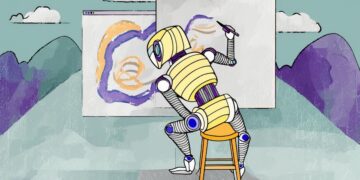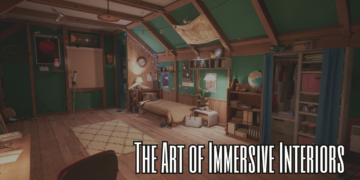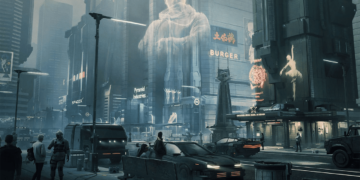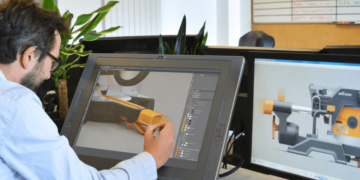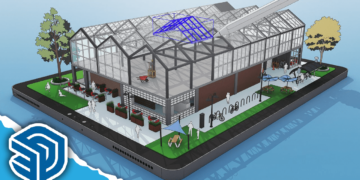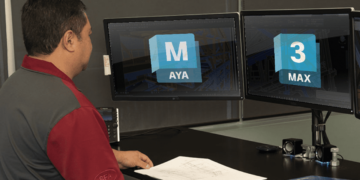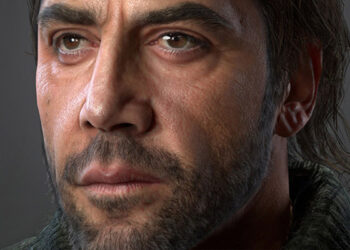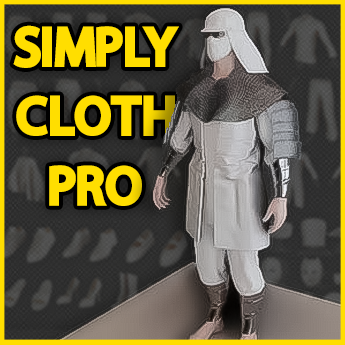What Software Does Pixar Use? is the important question that we will try to answer in today’s video.
Pixar Animation Studios, commonly known as Pixar is a computer animation studio owned by Disney. It began in 1979 as part of the Lucasfilm computer division, known as the Graphics Group before Disney purchased it in 2006.
Pixar has produced around 22 feature films, beginning with Toy Story (1995), which was the first-ever computer-animated feature film; its most recent film was Onward (2020). Toy Story 3 (2010), Finding Dory (2016), Incredibles 2 (2018), and Toy Story 4 (2019) are all among the 50 highest-grossing films of all time. The studio has also produced dozens of short films.
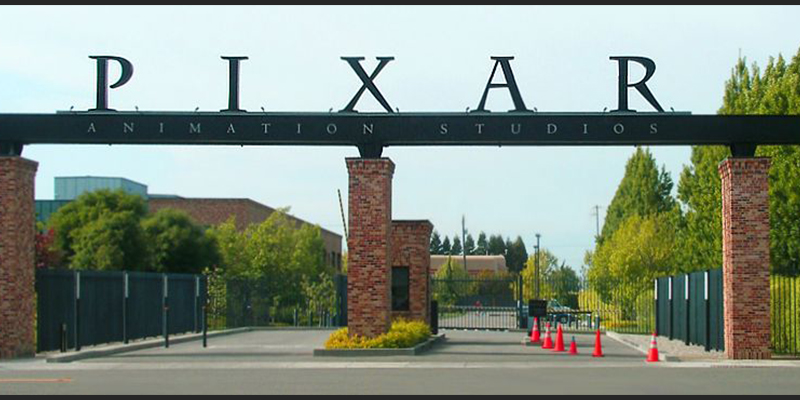
So, how a studio was able to create all these amazing animation movies, but most importantly What Software Does Pixar Use behind the magic they are able to create.
The principal piece of proprietary software used there is the animation software. It was called MenV (pronounced “MEN-vee; stood for Modeling ENVironment) from the mid-80’s up until 2012 when the new rewrite was dubbed Presto that was used in 2012 starting with the movie Brave. MenV was referred to in the press as Marionette for many years, though that name was only used derisively inside the studio. But there is a possibility that Pixar artists still call Presto MenV because this is the name they used for most of their careers when working for Pixar.

Unlike RenderMan, there has never been the thought of releasing it as a product. That’s due in part to wanting to stay ahead of the competition, but mostly because it’s so cutting edge that the only way to provide customer support is to have the people who wrote it as a support team.
As a result, little is known outside Pixar about the detailed workings of this software. Pixar claims that Presto is designed to be intuitive and familiar to animators who have traditional cel animation experience.
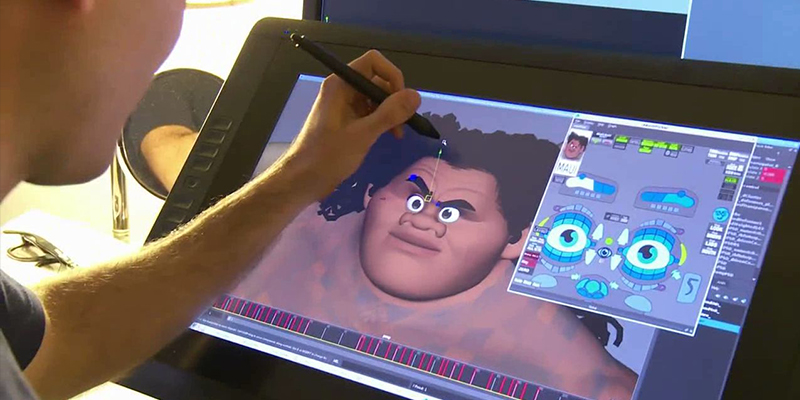
Pixar chooses to use a proprietary system instead of the commercial products available and used by other companies due to another very important reason which is the fact that they can edit the software code to meet their needs. One example of this editing is shown in extra features of The Incredibles DVD; it is explained that previous versions of Marionette aka Menv were not able to stretch models in the ways needed to correctly animate Elastigirl so the in-house Marionette development team created a new version that included this feature.
The interface of Presto looks kind of familiar to those who used popular 3d animation software such as Maya, 3ds Max, or Blender but of course it is unique as well because it was created to serve the needs of Pixar’s animators in particular.
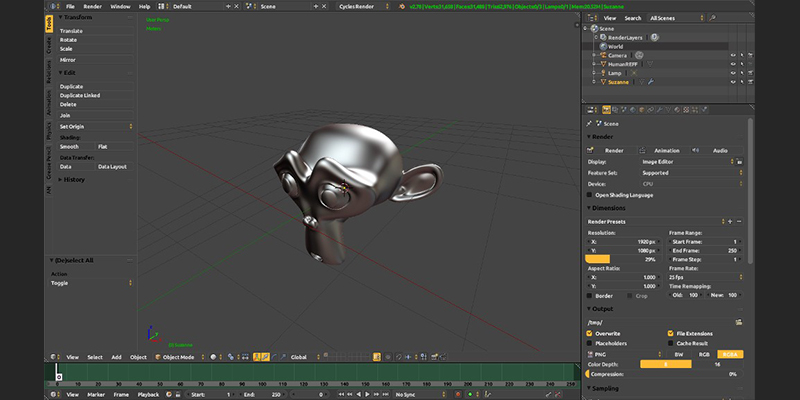
One of the most impressive things about Presto is that it allows artists to work interactively in scene context in real-time with full-resolution geometric models that combined can reach tens of millions of polygons in addition to sophisticated rig controls, and has significantly increased the productivity of character animators at Pixar.”
Pixar USD

Presto was not a perfect software for Pixar in the early stages because it had some limitations including its inability to handle collaborative work, so Pixar decided to bring the functionality into its workflow. So they came up with the Universal Scene Description, or USD.
USD is a framework for the interchange of 3D computer graphics data. The framework focuses on collaboration, non-destructive editing, and enabling multiple views and opinions about graphics data.
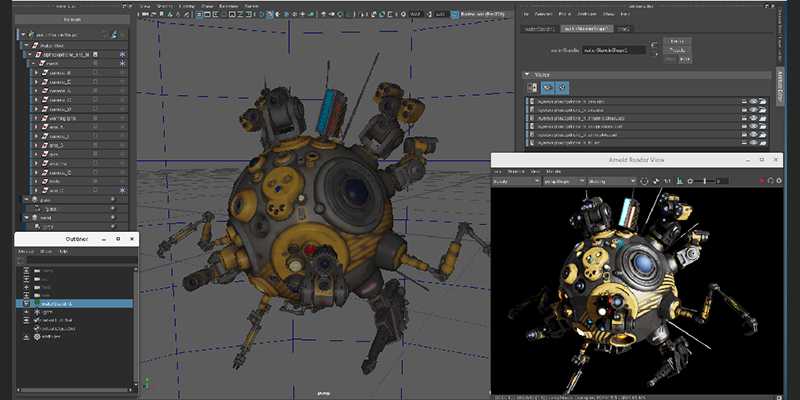
This collaborative interface allows many Pixar artists to work on the same scene or model, but on different layers, without stepping on each other’s feet. his new tech sounds too good to be true but they did it and they made it free source and available for the public for free.
This allowed Pixar teams to work on a scene together while working separately at the same time— this includes animation, shading, lighting, environment, and so on. One animator can be working on a character and trying to make it fit perfectly and move smoothly in the scene while the other artists are making sure that the textures, lighting, and effects are making the characters and the scene believable in a way that fits Pixar’s style and story.
Renderman

And, of course, we can’t talk about Pixar without talking about Pixar’s RenderMan (formerly PhotoRealistic RenderMan). It is a photorealistic 3D rendering software produced by Pixar Animation Studios. Pixar uses RenderMan to render all their in-house 3D animated movie productions and it is also available as a commercial product licensed to third parties. This allowed big studios to use it on big-budget films and it proved to be a fantastic render engine. According to one of the ex-employees of Pixar who worked there for decades.
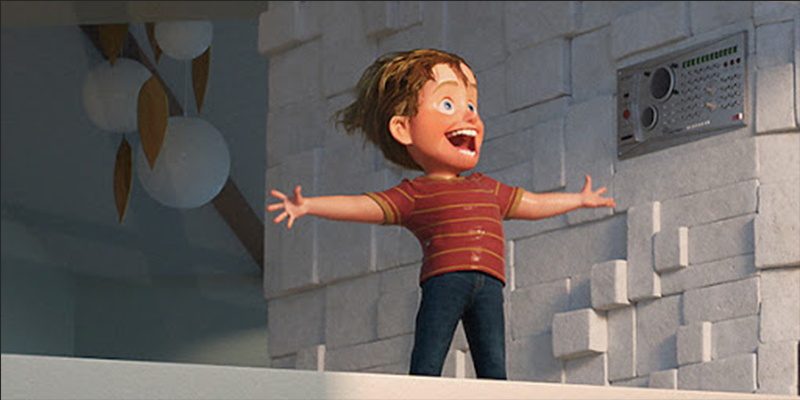
If animation software were cars, commercial packages like Maya would be a BMW: Highly capable, but expected to be reliable in everyday traffic. However Presto is a race car: It needs a pit crew, a well-trained driver, and is expected to crash a lot. But nothing does what it does quite as well.
Even though the Pixar animation studio has shown and explained some of the features and tools of Presto that reveal how powerful it is. there is a big portion of what this software is capable of unknown to most of the world.
Who knows maybe one day they will make it commercial software! Until then, we can speculate but we can’t say for sure whether it is better than animation 3d packages such as Maya, but from what we have seen over the years it probably is.


